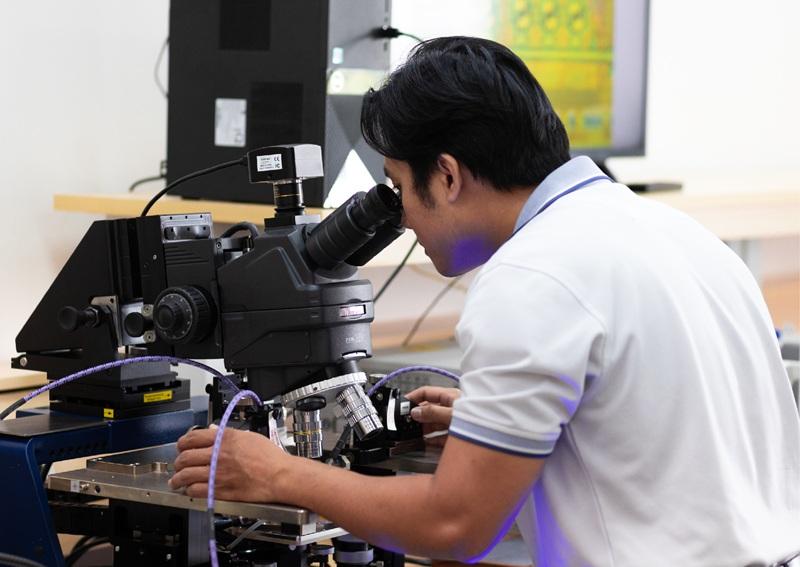
Research activities at the Microcircuit and High Frequency Systems Laboratory at Ho Chi Minh City University of Technology - VNU-HCM
Putting basic research back at the heart of universities
The regulation on shifting the focus of basic research to higher education institutions is specified in Article 29, Clause 1, Point c of the Law, which clearly states: The State allocates resources for basic research at higher education institutions and research institutes according to the principles consistent with the functions and strengths of each organization and based on the results of performance evaluation.
This policy demonstrates a strategic vision when positioning universities not only as training places, but also as places for knowledge production. In the research systems of many advanced countries, universities, especially research universities, mainly carry out basic research tasks. In Vietnam, the long-standing dispersion of basic research focus has resulted in the academic potential of the university sector not being properly promoted.
Associate Professor, Dr. Pham Tran Vu, Vice Rector of the University of Technology - Vietnam National University (VNU) Ho Chi Minh City affirmed: "This is a correct and necessary orientation in the context of Vietnam's current scientific and technological development... Shifting the focus of basic research to higher education institutions is an important step, demonstrating the affirmation that research is a core function of universities, in addition to training and serving the community."
From a practical perspective, Associate Professor, Dr. Pham Tran Vu said that the University of Technology - VNU-HCM has been building a solid foundation for basic research through the formation of strong research groups, expanding international publications and investing in modern laboratory infrastructure. The policies from the Law are an important push for the school to accelerate on the path of developing a research university model.
Three pillars to support universities in fulfilling their new missions
To realize the central role of universities in basic research, according to Associate Professor, Dr. Pham Tran Vu, the State needs to build a comprehensive support policy based on three pillars: finance, human resources and autonomy.
Regarding finance, Associate Professor Dr. Pham Tran Vu emphasized the need for long-term, stable and competitive funding programs. In addition to the funding for project implementation, it is necessary to focus on investing in facilities such as laboratories, research equipment, shared infrastructure, and at the same time have policies to ensure stable income for the team doing basic research, a vital factor to retain and attract scientists.
In terms of human resources, it is necessary to develop a successor team through doctoral scholarships associated with strong research groups, providing comprehensive support for doctoral students in terms of tuition fees, living expenses and working environment. In parallel, there are flexible recruitment mechanisms for young scientists and post-docs, creating conditions for them to develop independent academics.
In terms of autonomy, universities need to be given real authority in determining research directions, allocating funds, recruiting staff, collaborating internationally and commercializing research results. Autonomy is a necessary condition to promote internal strength and build research models suitable to the characteristics of each school.
Associate Professor, Dr. Pham Tran Vu emphasized: "Only with proper investment in human resources, infrastructure and flexible institutions can universities perform well their role as research cores in the national innovation ecosystem."
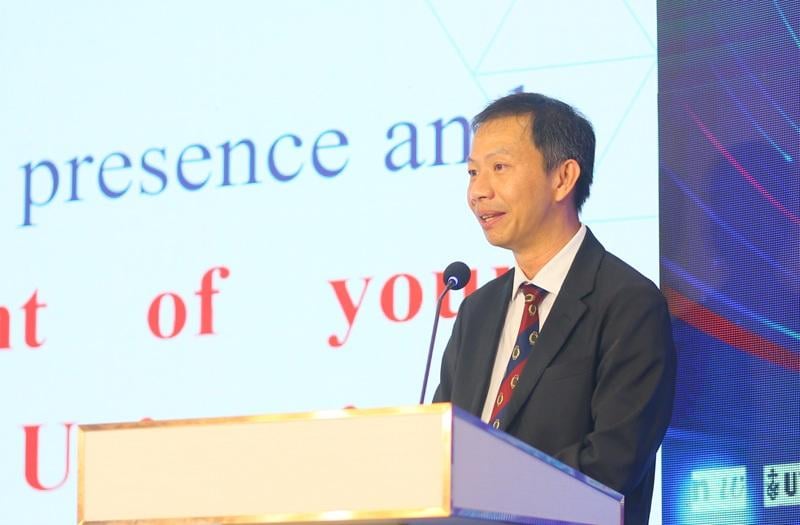
Assoc. Prof. Dr. Pham Tran Vu, Vice Rector of Ho Chi Minh City University of Technology - VNU: "Research is a core function of universities, besides training and serving the community".
From knowledge base to innovation engine
Moving basic research to universities not only aims to restructure the research system, but also opens up many opportunities for students and young researchers. In the university environment, basic research does not exist separately, but is closely linked to training and innovation, forming a value chain connecting knowledge to application.
According to Associate Professor Dr. Pham Tran Vu, when students and postgraduates study in a developed basic research environment, they not only have access to theoretical knowledge, but also directly participate in creating new knowledge, thereby forming critical thinking, analytical ability, and creativity - core competencies for modern research.
For young researchers, basic research is a space for deep and sustainable professional development. When linked to training and innovation, they can find practical meaning in their research, expand collaboration opportunities and affirm their academic position.
Strategically, the connection between basic research - training - innovation helps to form an academic ecosystem within the university. This is the foundation for schools to transform from a purely training model to a research university model and innovation - the dominant trend in global higher education.
Shifting the focus of basic research to universities is not just a technical adjustment in resource allocation policy, but a strategic repositioning decision. Universities – the place for training, creating and disseminating knowledge – need to become the core of the national innovation ecosystem. The Law on Science, Technology and Innovation has laid the legal foundation for this process, but its realization requires synchronous policies, a specific roadmap and strong commitment from relevant parties. In particular, the leading role of the State, the initiative of universities and the participation of the scientific community and businesses are decisive factors for success./.
Source: https://mst.gov.vn/buoc-ngoat-chien-luoc-trong-luat-khcndmst-197250627112825636.htm







![[Photo] National Assembly Chairman Tran Thanh Man attends the VinFuture 2025 Award Ceremony](/_next/image?url=https%3A%2F%2Fvphoto.vietnam.vn%2Fthumb%2F1200x675%2Fvietnam%2Fresource%2FIMAGE%2F2025%2F12%2F05%2F1764951162416_2628509768338816493-6995-jpg.webp&w=3840&q=75)
![[Photo] 60th Anniversary of the Founding of the Vietnam Association of Photographic Artists](/_next/image?url=https%3A%2F%2Fvphoto.vietnam.vn%2Fthumb%2F1200x675%2Fvietnam%2Fresource%2FIMAGE%2F2025%2F12%2F05%2F1764935864512_a1-bnd-0841-9740-jpg.webp&w=3840&q=75)

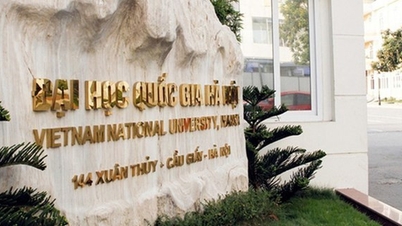

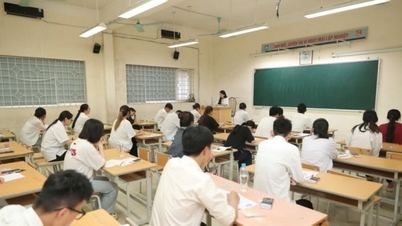



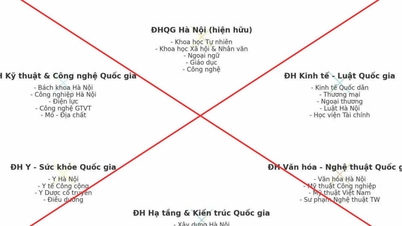




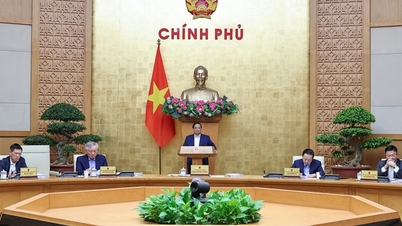

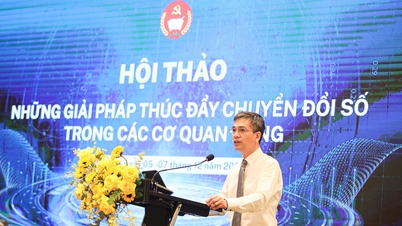

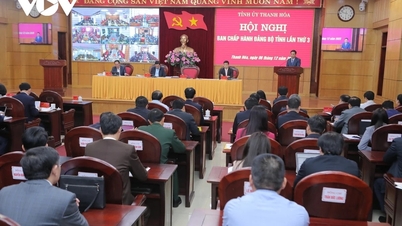

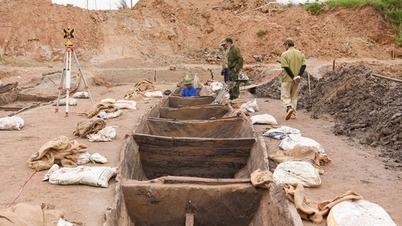






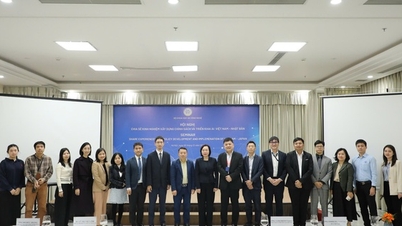
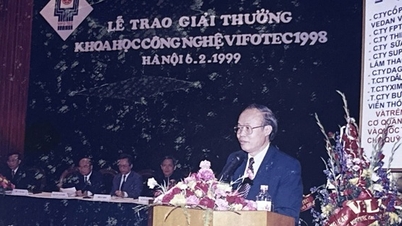
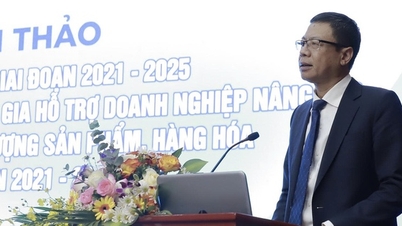
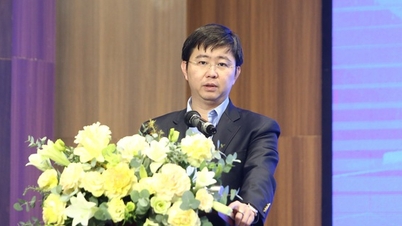
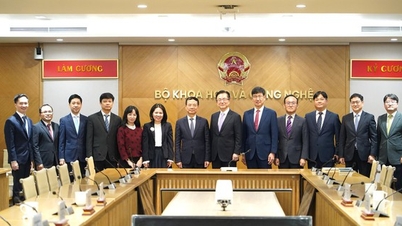
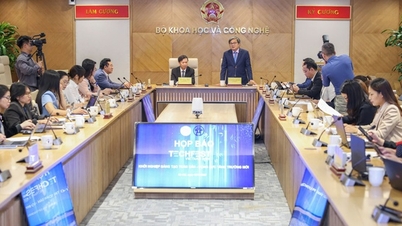



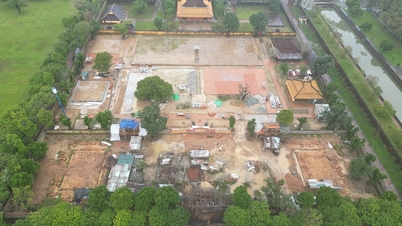








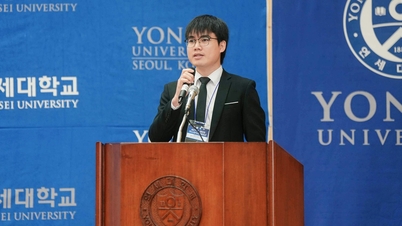








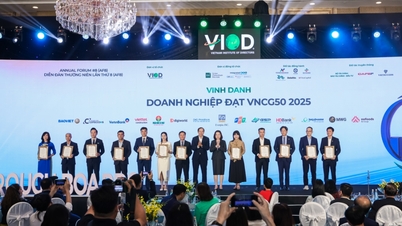

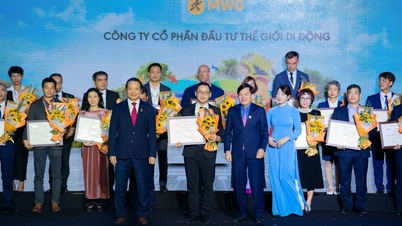
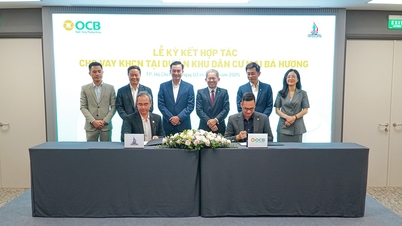
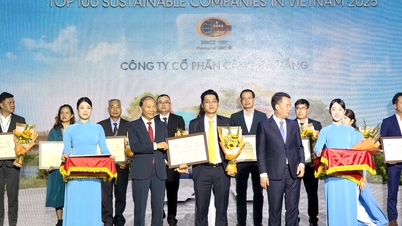








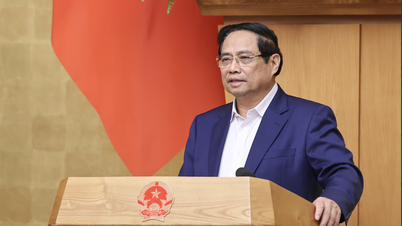
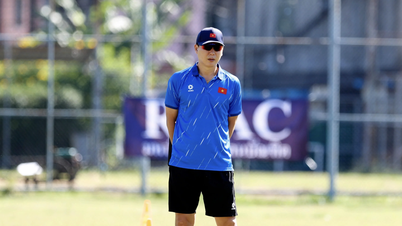

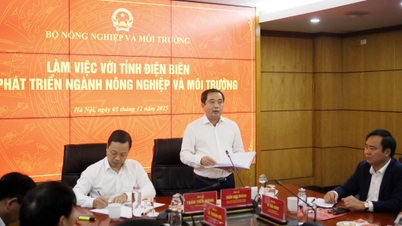




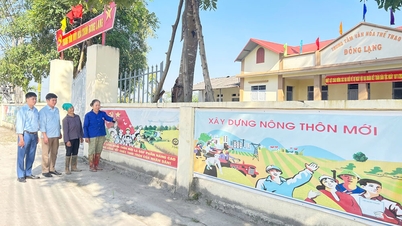


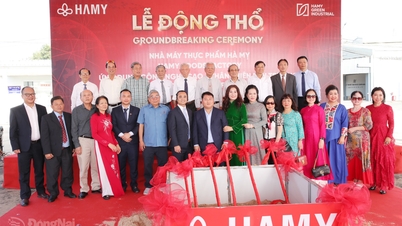


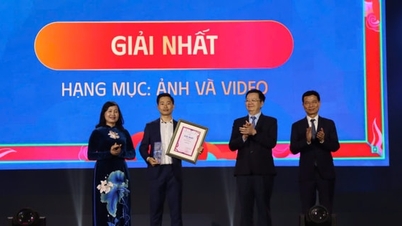












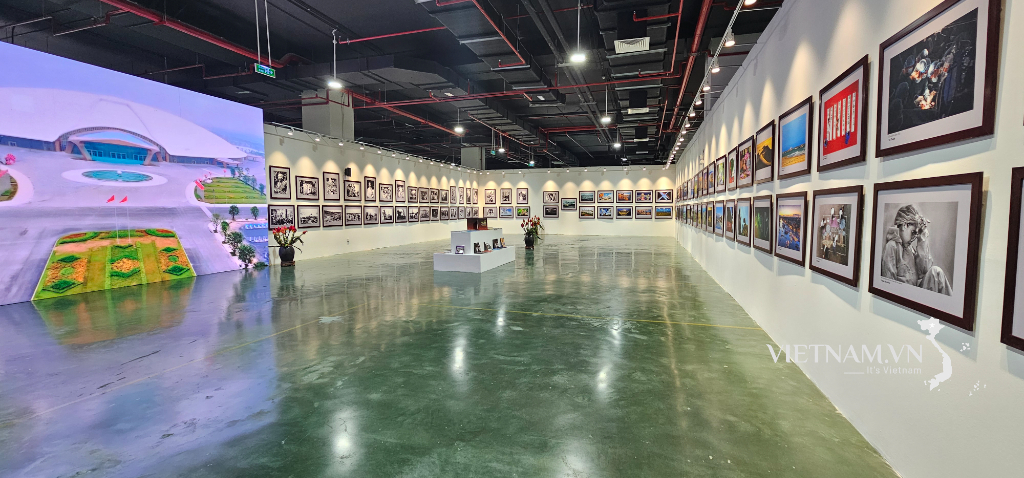
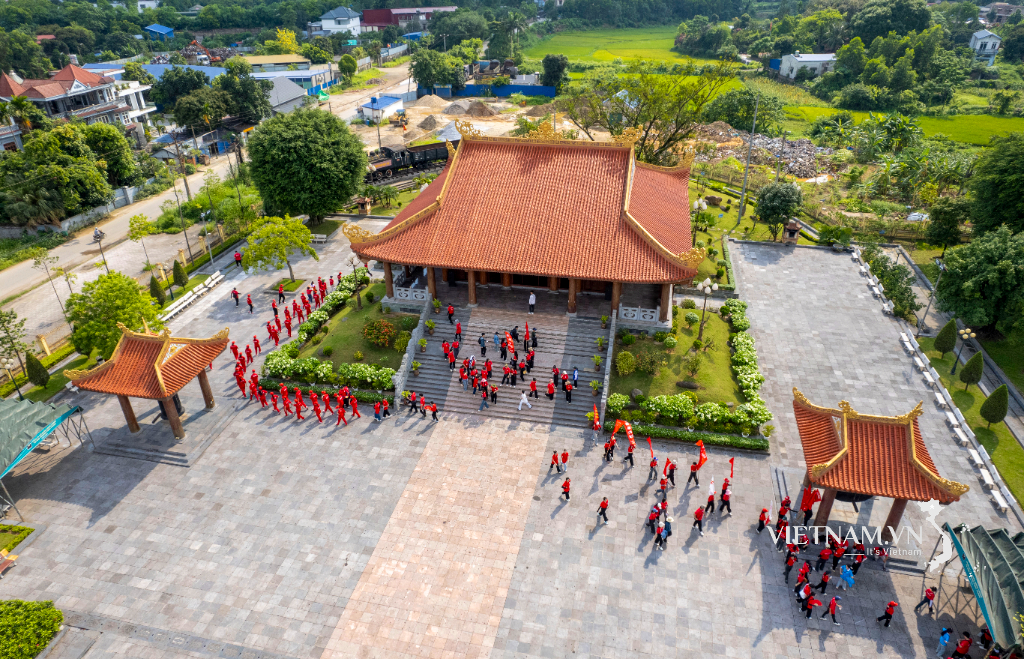




Comment (0)